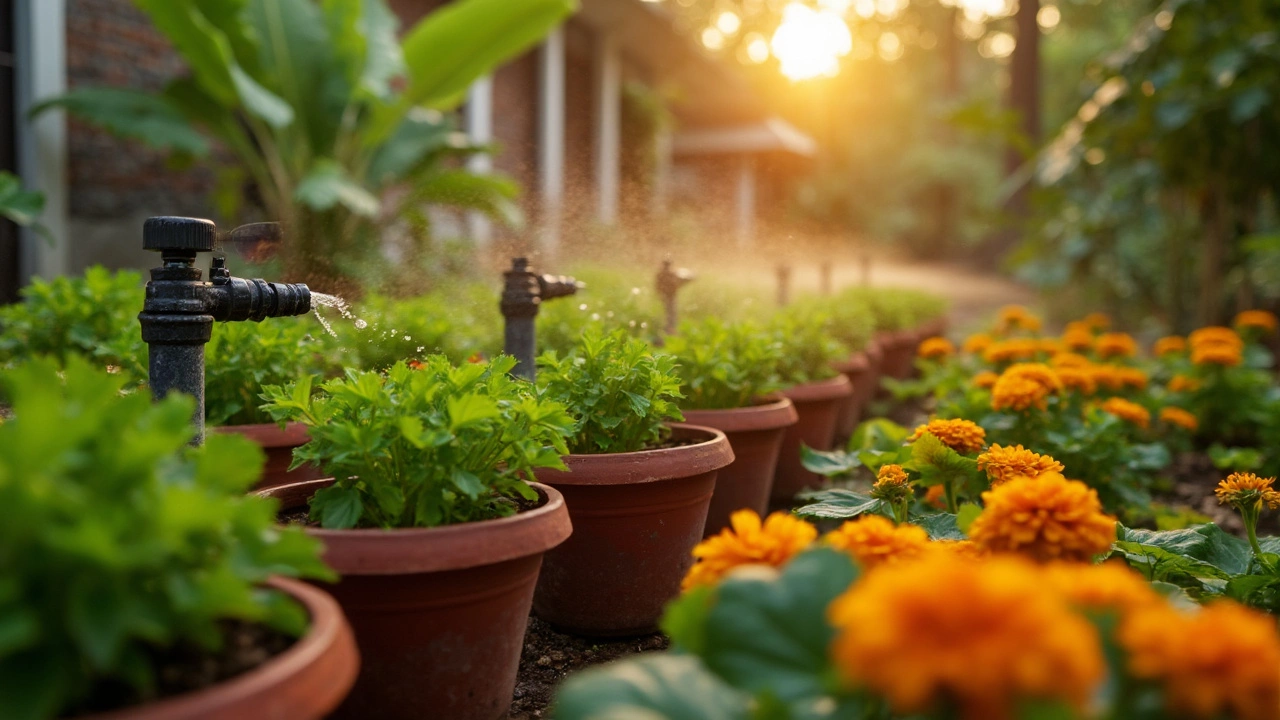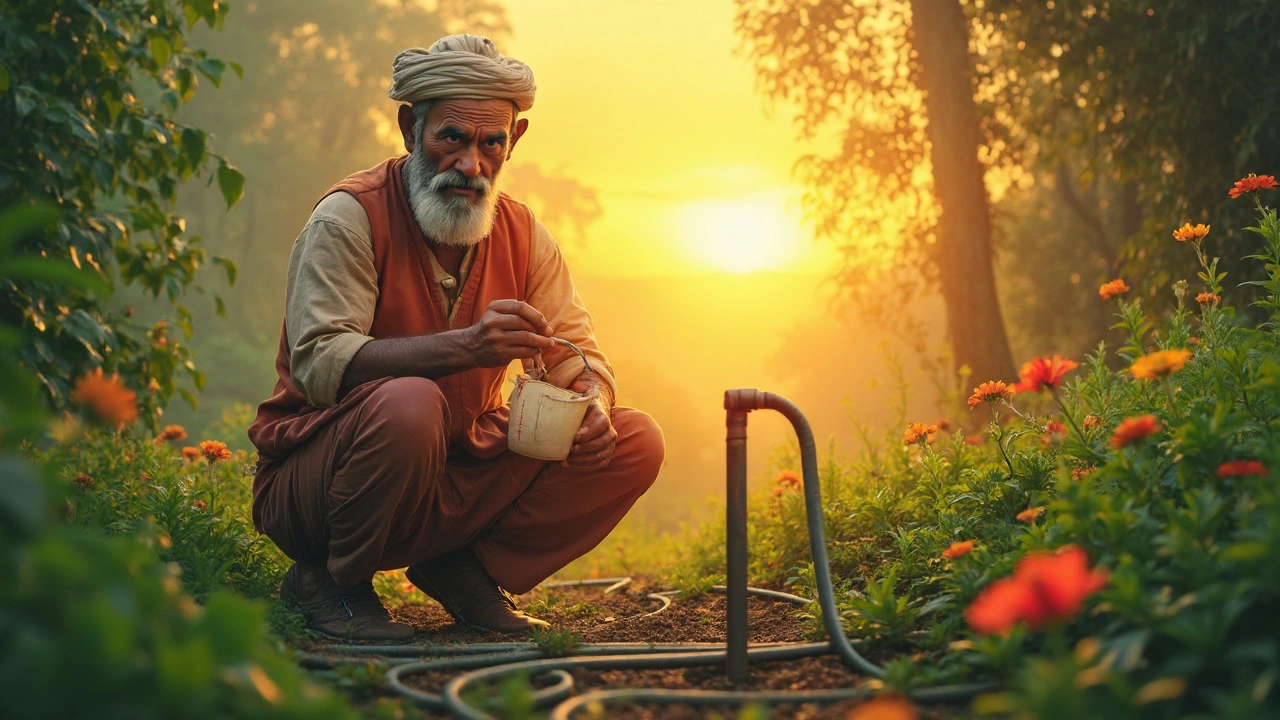Discover the true difference between a dripper and an emitter in garden irrigation. Get practical tips, examples, and surprising facts to help your plants thrive.
Irrigation System: Smart Ways to Water Your Garden in India
When it comes to growing plants in India’s unpredictable climate, a well-designed irrigation system, a method of delivering water directly to crops or plants with minimal waste. Also known as watering system, it’s not just about turning on a hose—it’s about matching water delivery to what your soil and plants actually need. Many farmers and home gardeners still rely on old-school flooding or overhead sprinklers, but those methods waste water, encourage disease, and leave roots shallow. A smart irrigation system does the opposite: it feeds plants slowly, deeply, and only when necessary.
One of the most common and effective types is drip irrigation, a low-pressure system that delivers water drop by drop right to the root zone. It’s perfect for Indian conditions—whether you’re growing tomatoes on a balcony, vegetables in a backyard, or crops in a small farm. Drip systems cut water use by up to 60% compared to traditional methods, and they’re not expensive to set up. But they aren’t foolproof. Clogged emitters, uneven flow, and sun-damaged tubing are common problems you’ll see in posts about drip lines and emitter maintenance. That’s why knowing how to fix or prevent these issues matters more than just installing the system.
Then there’s the timing. Watering at noon in Delhi or Chennai is a waste—most of it evaporates before it reaches the soil. Early morning or late evening is better, especially in dry months. And don’t forget soil type. Clay soil holds water longer than sandy soil, so your irrigation schedule needs to change based on what’s under your plants. This is why posts about garden soil improvement, adding compost, perlite, or leaf mold to make soil more porous and better at holding moisture. are so closely linked to irrigation. Good soil + smart watering = less stress, healthier plants.
What you’ll find in the posts below isn’t theory—it’s real-world fixes. From how to unblock a clogged drip emitter to why your hydrangeas are wilting despite daily watering, these guides show you exactly what works in Indian homes and farms. You’ll see how balcony gardeners use simple timers, how small-scale farmers reuse plastic bottles for DIY drip lines, and why some plants bloom all year simply because they get the right amount of water, at the right time. No fluff. No jargon. Just practical steps you can try tomorrow.
Drip irrigation is a smart way to water plants, but figuring out how much water an inch of irrigation delivers can be tricky. This article breaks down the gallon-to-inch conversion, helping gardeners optimize their watering strategy. Knowing how much water is applied ensures efficient use and healthier plants. Get ready to demystify this aspect of drip irrigation with relatable examples and practical advice.

